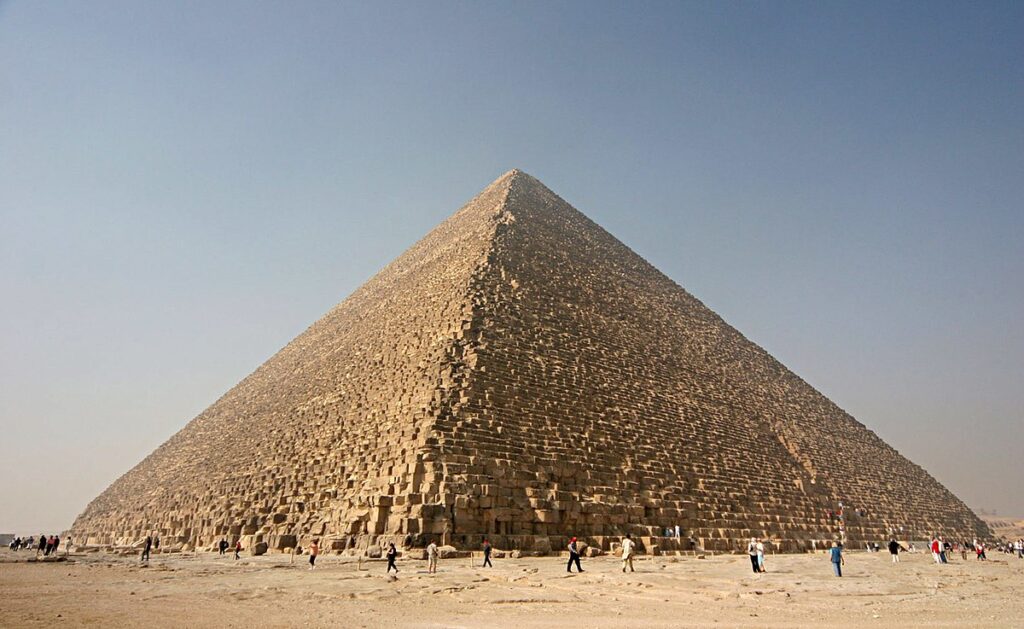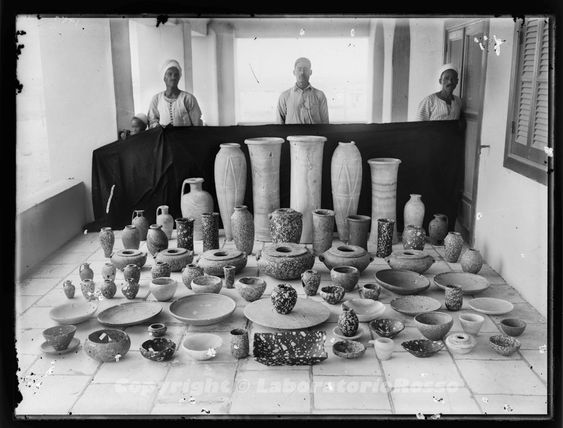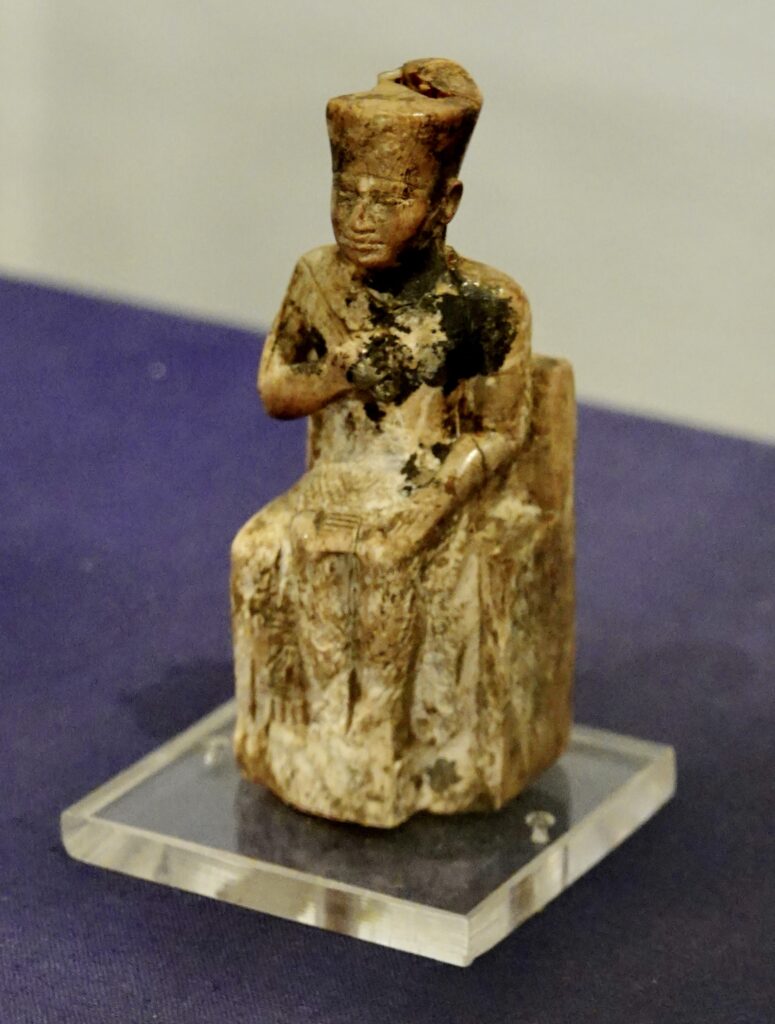In Egypt stands one of the most famous human built structures of all time, the Great Pyramid of Khufu. Constructed about 4,600 years ago, this mammoth stone edifice was the tallest man-made building in the world when it was completed, at just over 480 feet, for about 3,800 years. Unlike the European Cathedrals whose spires would surpass its apex, the Great Pyramid was almost solid stone, except for a relatively few small chambers and narrow passageways. Although admittedly we know little for certain about the Egyptians’ methods, this undertaking certainly required thousands of workers over a period of two to three decades to quarry, transport, and place the estimated 2,300,000 stone blocks, including 5,500,000 tons of limestone, 8,000 tons of granite brought to the construction site from over 500 miles away, and 500,000 tons of mortar. Even today with all the advanced technology and mechanical available, replicating this grand structure would be a very, very difficult task.

The sheer size of the project is not its only dumbfounding characteristic. The precision of the workmanship is equally amazing. While the four sides of the base of the pyramid being laid and aligned with the four cardinal geographic directions is impressive, even more impressive is that each side of the base is approximately 755 feet with the difference between the longest and the shortest being around only 8 inches. When the pyramid was finished it was encased in precisely fitted and placed polished limestone. Words do not do justice to the awe-inspiring nature of this endeavor.
Much like the questions about how the Great Pyramid was constructed, debates remain about who constructed it, and for what purpose. The Great Pyramid is generally considered to be a tomb of sorts for the Pharoah Khufu, built for himself during his reign. The strongest confirmation I find for this assertion is the presumably ancient graffiti referencing Khufu found in a space above the so-called King’s Chamber inside the pyramid and the radiocarbon dating of organic matter in the mortar pointing to the time of Khufu’s reign. Although debates will inevitably continue, I believe the pyramid was built to assist the Pharoah Khufu in becoming a celestial divinity. The theory about the pyramid being some sort of power plant fits with the Great Pyramid as tomb in that the energy generated could have been intended to power the deceased Pharoah Khufu on his celestial journey to the stars.
Where did the labor come from to complete this project? Some say that the Khufu built the Great Pyramid, as if he had some role other than making the demand, but it’s doubtful that he ever put his hand to a chisel or added his strength to moving any of the massive stones. Doubtful too that his skill and expertise were essential for engineering the project or determining how to complete it. The labor needed came from the people themselves.
Whether the actual laborers where slaves, as had been the common conception in the past, or not, the workers had to be fed and clothed and provided with the other essentials of life. The answer how so many laborers were available for building Khufu’s Pyramid for is the great Nile River. For millennia the Nile River has flooded on a regular seasonal basis, replenishing the rich soil of the Nile Delta. The ancient Egyptians made ready use of this phenomena to grow wheat and barley in abundance, in such abundance as to support a thriving populace and to free up the people to engage in pursuits other than searching for their daily bread. Their minds were allowed to think about and their hands available to work at something other than procuring their next meal. With this seemingly simple development, ancient Egyptian culture exploded in all directions; in science, technology, religion, and the arts. Look into the stoneware and masonry found at the ancient Egyptian site of Saqqara, which pre-dates Khufu’s Pyramid, and marvel at the workmanship and precision. Examples of the master craftmanship of the ancient Egyptians abound to this day. Whatever technology was used the results were centuries more advanced than other peoples of the time, in very large part thanks to the freeing up of the human potential brought by the flooding of the Nile River.

And what did the Pharoah Khufu, in all his brilliance, decide to do with the enormous blessing brought to the Egyptian people, and the explosion of advancement in science, technology, religion, and the arts, by the development of agriculture enabled by the flooding of the Nile? Khufu decided to build a mammoth stone monument to himself, a building so specialized that for millennia it has really served no other useful purpose, except of course as a tourist attraction. A structure in which tens of millions of man hours are estimated to have been expended to build has for thousands of years sheltered no one, not even squatters. The only living things that have regularly made it home are perhaps bats.
Of course, the Pharoah Khufu is not alone in history in his display of self-centeredness and lack of regard for the lives of his people. Emperors, Kings, Tsars, Presidents, Religious Leaders, Party Secretaries, Corporate Executives, et al, of all stripes and cultures throughout time have sought to accumulate as much wealth as possible for their own purposes and self-aggrandizement and glorification, with little regard for the well-being of the people for whom they stand above. History, and the world, are full of Khufus. There are many Khufus with us today.
Despite the Pharoah Khufu’s intentions, today more than anything the Great Pyramid stands as a testament to the skill, craftmanship, dedication, and hard work of those thousands who built it. The Great Pyramid still stands, largely intact after thousands of years. In contrast, the only statue believed to still exist of the Pharoah Khufu, the man who sought only to glorify himself, is not even three inches tall and was initially found headless in 1903 buried in a necropolis.

Despite their best efforts, such men as the Pharoah Khufu do not find the honors in death they demand in life.